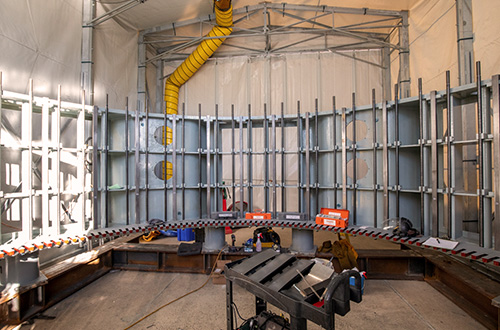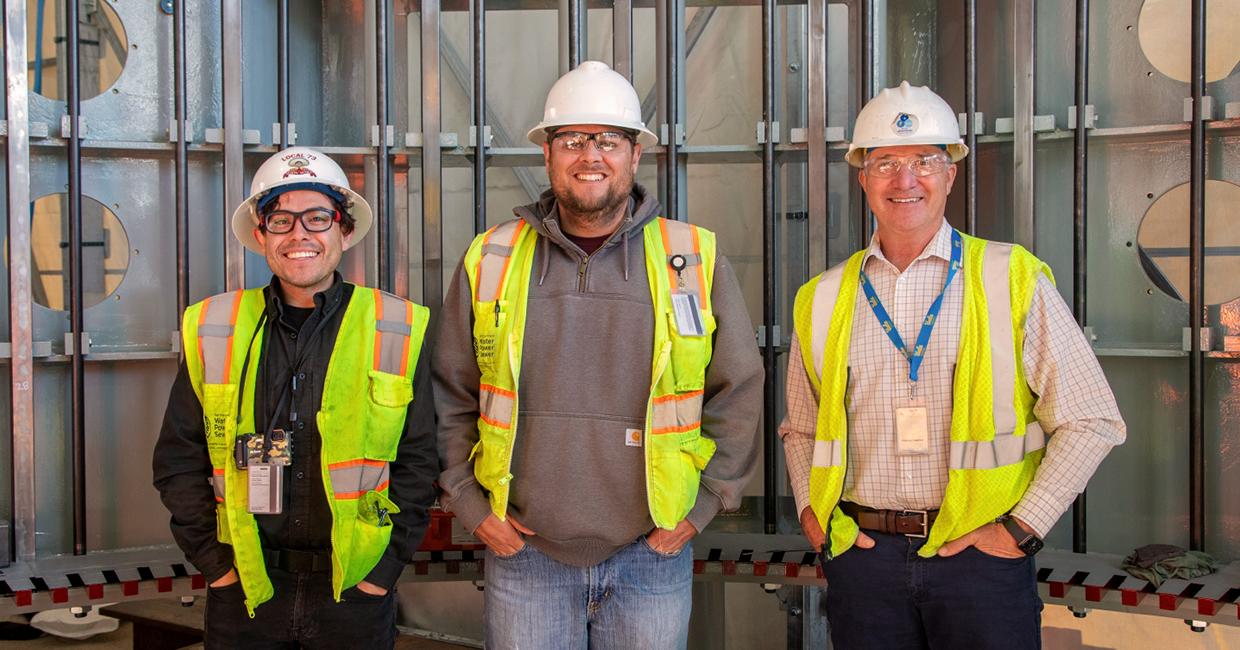Sourcing much of our drinking water from high in the Sierras allows us to generate electric power from the movement of water as it comes down from the mountains. Electricity is produced when powerful jets of water are directed towards blades in a turbine that spins to power a generator.

One such hydro-power facility is in the enclave of Moccasin in the foothills just above the San Joaquin Valley. Although we have been generating power there since 1925, the generators currently in use at Moccasin were originally completed in 1969 and have been able to generate a combined maximum output of 110 megawatts.
After such a long period in use, both generator units need repair and upgrades to continue operating reliably. Given the size and the rapid movement of internal components, their stability and precision are vital.
Now, the Moccasin Powerhouse and Generator Step-Up Transformer Rehabilitation project will replace the generator's stator cores and coils and undertake other important rehabilitation work. The project also involves replacing two generator step-up transformers, as well as switchgear, motor control centers, and other critical equipment.
Fortunately, this crucial work is being performed largely during the Mountain Tunnel shutdown, a period of 100 days this winter during which we are not drawing drinking water from our Hetch Hetchy reservoir.
According to project manager Tim Parkan, “One of the most important accomplishments so far was making sure all the equipment necessary was on site before the winter outage. The items we needed were manufactured in Poland, Brazil, Canada, Sweden, Mexico, and India. As a result, the Project Team was constantly monitoring the sourcing of material, including fabrication, and delivery.”
The project is part of the expansive Hetchy Capital Improvement Program, a multi-year capital program to upgrade or improve water conveyance, water storage, and power generation facilities in the Sierra Nevada portion of the Hetch Hetchy Regional Water System.


